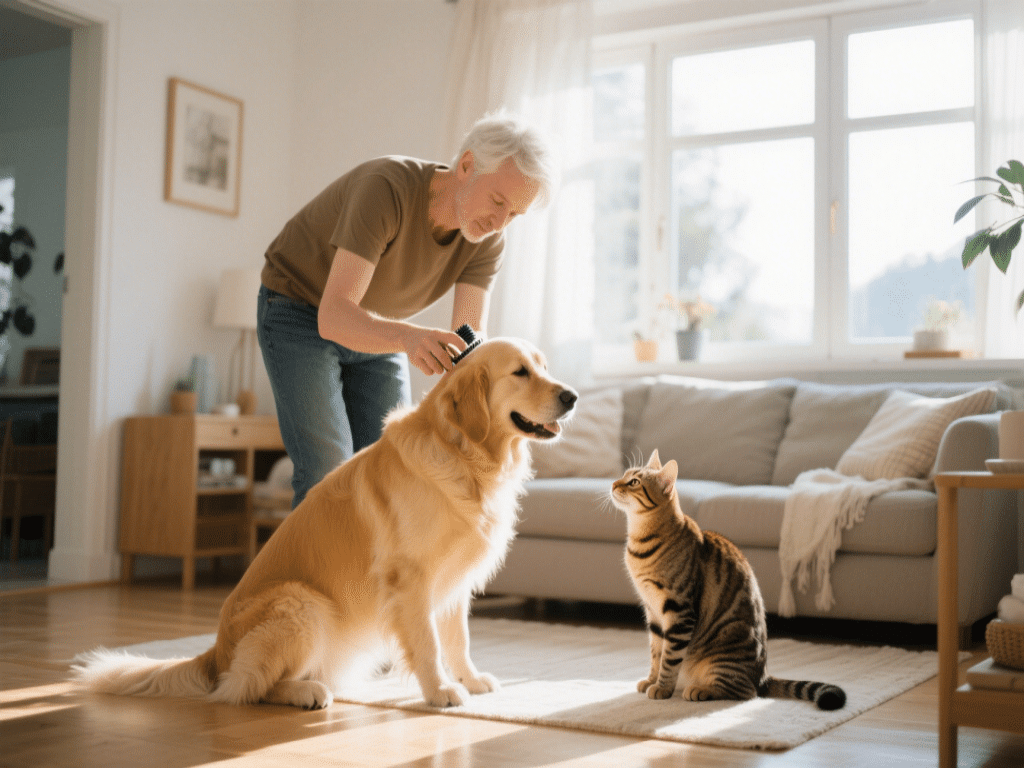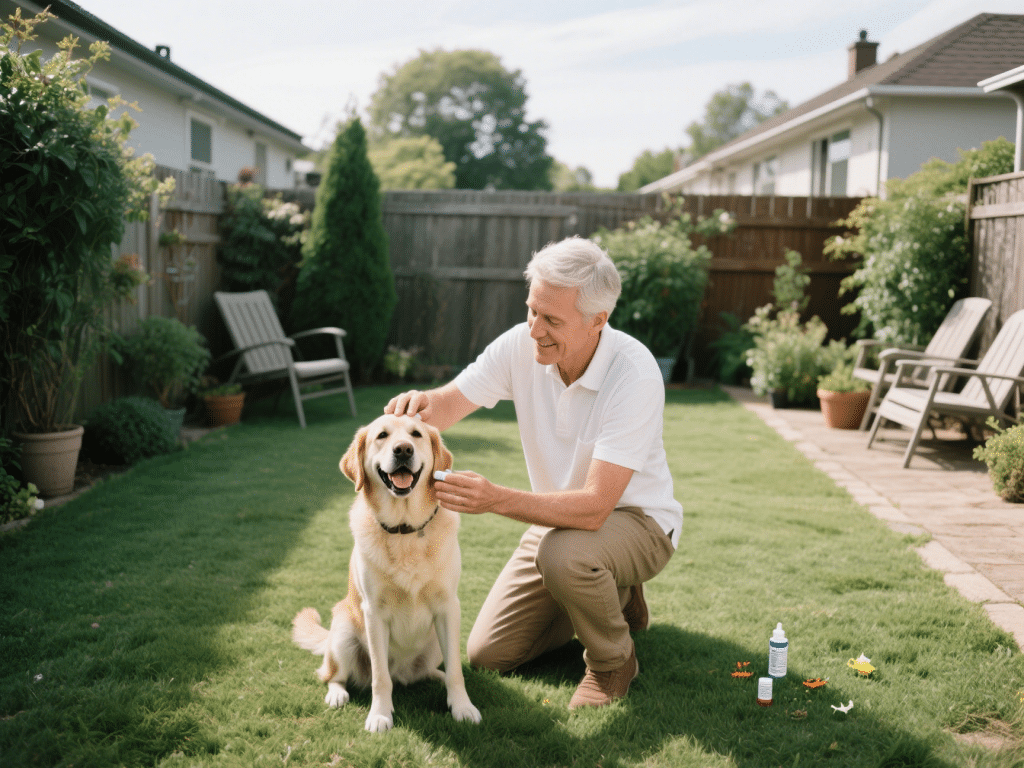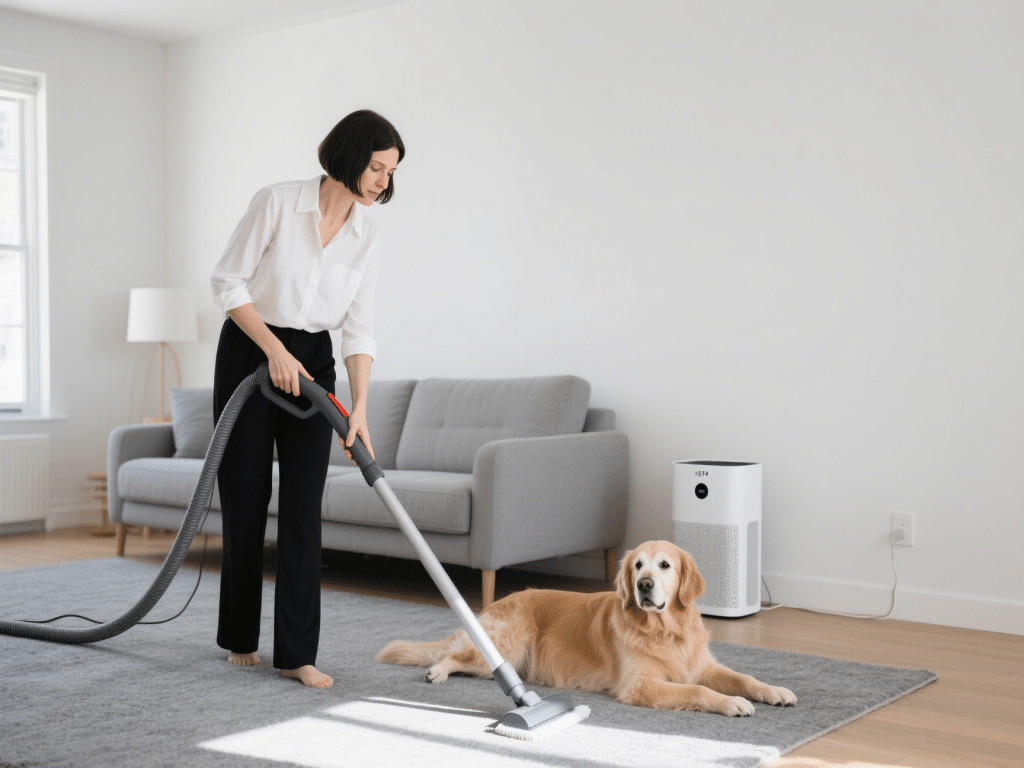Introduction
Grooming your cat and dog at home can be both rewarding and budget-friendly. Regular grooming improves skin health, prevents matting, and strengthens the bond between you and your pet. This guide outlines affordable techniques, essential tools, and step-by-step instructions to keep your furry friends looking and feeling their best without breaking the bank.
Essential Tools and Supplies
Brushes and Combs:
For Dogs: A slicker brush for removing loose fur and a metal comb for detangling.
For Cats: A fine-toothed comb for short-haired breeds and a soft-bristle brush for long-haired cats.
Nail Clippers:
Choose a quality guillotine-style clipper for small pets and a scissor-style clipper for larger dogs. Ensure blades are sharp to prevent splitting.
Pet-Friendly Shampoo:
Opt for gentle, hypoallergenic formulas. Consider oatmeal-based shampoos if your pet has sensitive skin.
Towels and Towels/Rags:
Use old bath towels or microfiber cloths for drying. Keep plenty on hand to prevent dampness, which can irritate skin.
Optional Accessories:
Hair Trimmer: For short-haired dogs, a clipper with multiple guards can give a neat trim.
Pet-Safe Ear Cleaner: To prevent infections.
Styptic Powder: In case of accidental nail nicks, to stop bleeding quickly.
Step-by-Step Grooming Process
1. Brushing and Dematting
Dogs: Start by brushing in the direction of hair growth. For matted areas, hold the base of the hair to minimize discomfort, then gently work through tangles with a dematting rake.
Cats: Use your fingers first to gently loosen knots, then employ a fine-toothed comb. Pay extra attention to areas prone to mats (armpits, belly).
2. Bathing
Frequency: Most dogs and cats require a bath every 4–8 weeks unless they become noticeably dirty.
Procedure:
Fill a basin or tub with lukewarm water.
Wet the coat thoroughly and apply pet-friendly shampoo, massaging gently to create lather.
Rinse completely to avoid residue buildup, which can irritate the skin.
Pat dry with a towel and, if possible, use a hairdryer on a low, cool setting (for dogs only).
3. Nail Trimming
Identify the “quick” (pink area in light nails; use flashlight to see in dark nails).
Trim a small amount of nail at a time, cutting straight across. Avoid cutting into the quick; if you do, apply styptic powder immediately.
Reward your pet with a treat or praise afterward to create positive associations.
4. Ear Cleaning
Frequency: Monthly or as needed if you notice odor or discharge.
Method:
Apply a few drops of pet-safe ear cleaner into the ear canal.
Massage the base of the ear for 20–30 seconds.
Let your pet shake its head, then gently wipe away debris with a cotton ball.
Never insert cotton swabs deep into the ear canal.
Tips for Stress-Free Grooming
Start Young: Introduce grooming tools slowly and pair with treats, so pets learn that grooming is positive.
Choose the Right Time: Groom when your pet is calm or slightly tired—after playtime or a walk.
Take Breaks: If your pet becomes restless, pause and resume later to avoid anxiety.
Maintain Consistency: Weekly brushing sessions help your pet stay accustomed to handling and reduce matting.
Conclusion
DIY grooming not only saves money but also strengthens the emotional connection between you and your pet. By following these affordable tips and using basic tools, you can maintain your cat’s and dog’s coat, nails, and overall hygiene in the comfort of your home. Over time, consistent grooming will reduce vet visits and keep your furry companions healthy and happy.










Comments on "Affordable DIY Pet Grooming Tips for Cats and Dogs" :